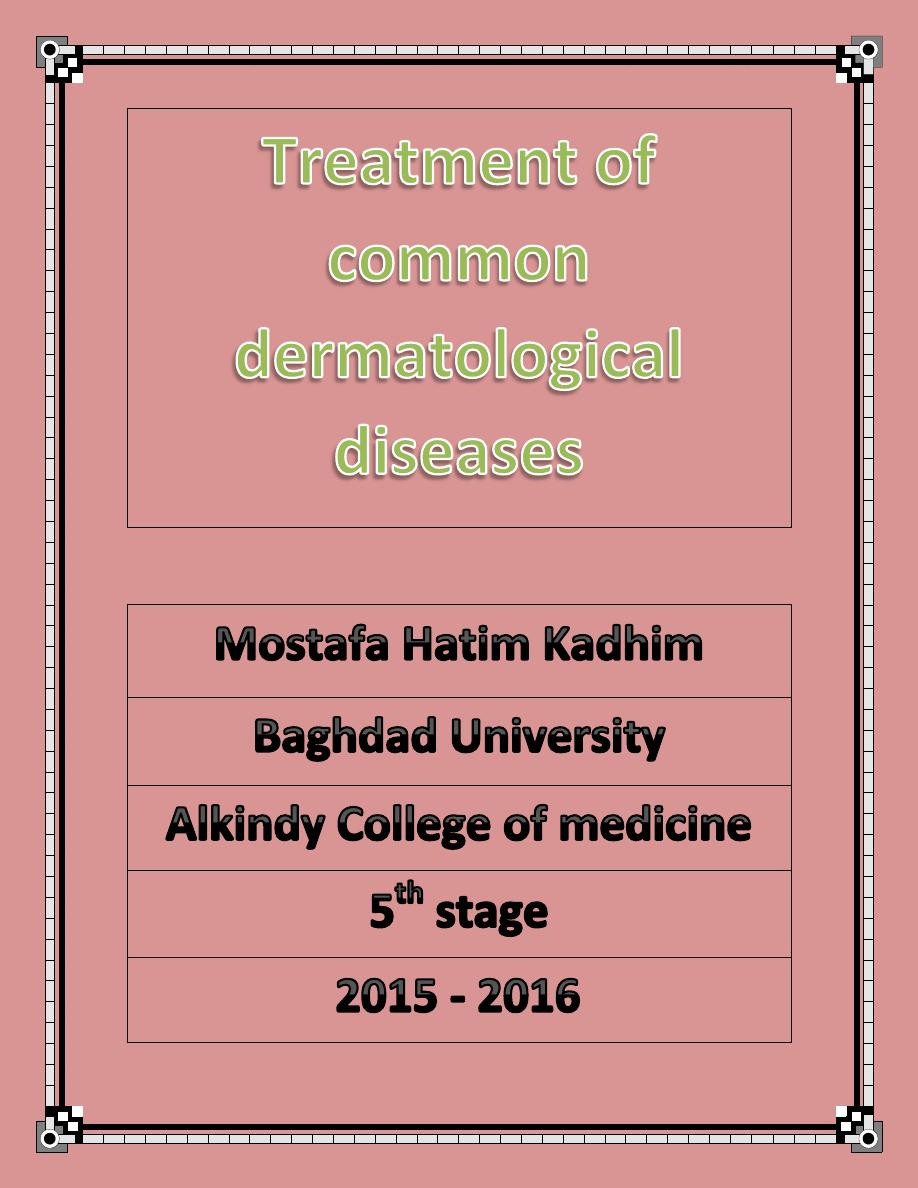
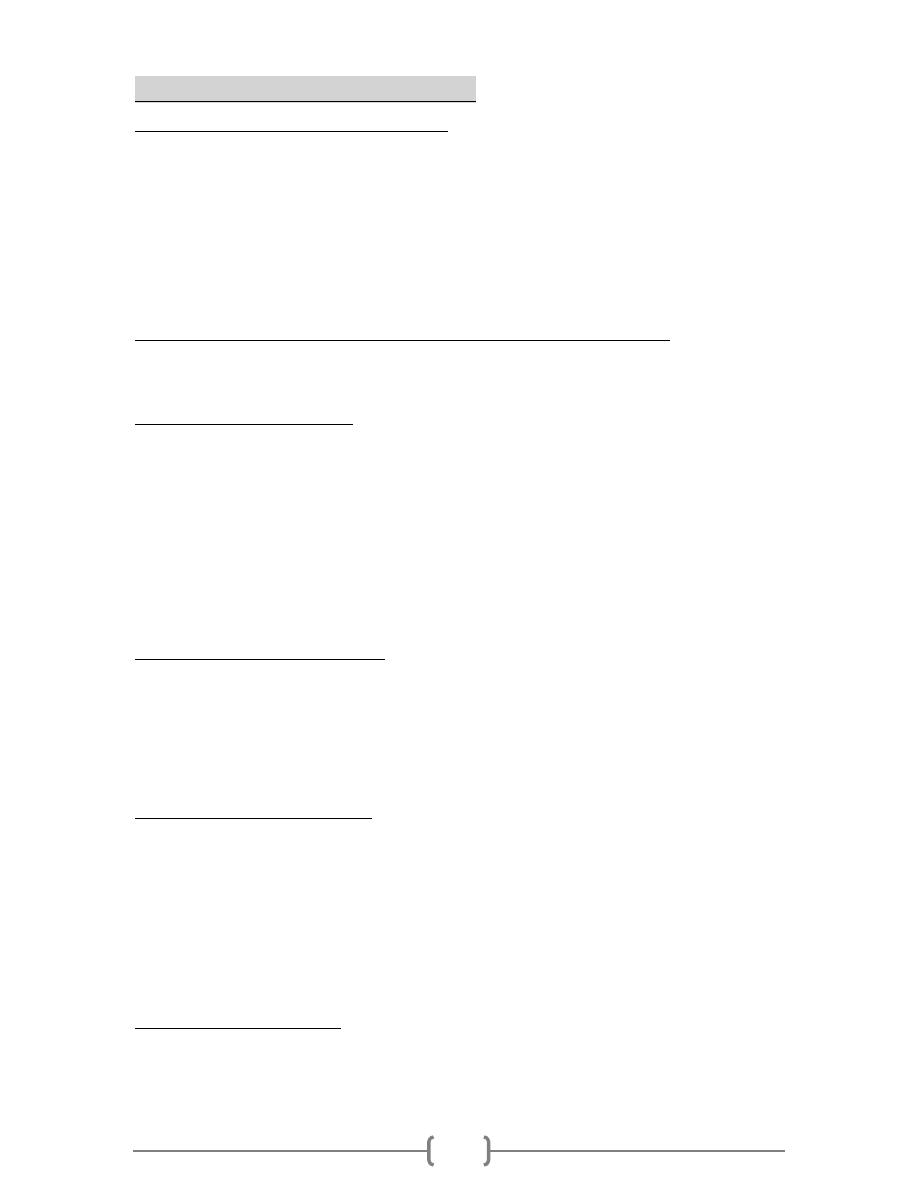
1
Treatment of Bacterial infection
Treatment of impetigo contagiosa:
Systemic antibiotics combined with topical therapy are advised.
Because most cases are caused by staph. Semi synthetic penicillin or a 1
st
generation
cephalosporin. All treatment should be given for 7 days.
It is necessary to soak off the crust frequently, after which bacitracin or mupirocin
ointment should be applied.
Applying antibiotic ointment as prophylactic to sites of skin trauma will prevent
impetigo in high risk children.
Treatment Staphylococcal Scalded Skin Syndrome (SSSS):
Penicillinase resistant penicillin such as dicloxacillin combined with fluid therapy and
general supportive measures.
Treatment of folliculitis:
A thorough cleaning of the affected areas with antibacterial soap and water three times
a day is recommended.
Deep lesions represent small follicular abscess and must be drained.
Many patients will heal with drainage & topical therapy.
Bacteroban (mupirocin) and retapamoline ointment and topical cleocin .
If the above fail, first generation cephalosporin or penicillinase resistant penicillin
such as dicloxacillin is indicated.
When the inflammation is acute, hot, wet soaks with burrow solution.
Treatments of furunculosis:
Warm compresses and antibiotics taken internally may arrest early furuncles.
A penicillinase resistant penicillin or first generation cephalosporins should be given
orally in a dose of 1-2 g day.
When the lesions are early and acutely inflamed incision should be strictly avoided
and moist heat employed.
Prevention of furunculosis
To break the cycle of recurrent furunculosis
A daily chlorhexidine wash, with special attention to the axillae, groin, & perianal area
Laundering of bedding and clothing
Use of bleach baths; frequent handwashing.
Application of mupirocin ointment twice daily to the nares of patients and family
members every fourth week has been found to be effective.
Rifampin (600 mg/day) for 10 days, combined with dicloxacillin for MSSA
Treatment of ecthyma:
Cleansing with soap and water.
Application of mupirocin or bacitracin ointment twice daily.
Oral dicloxacillin or fist generation cephalosporin is also indicated.
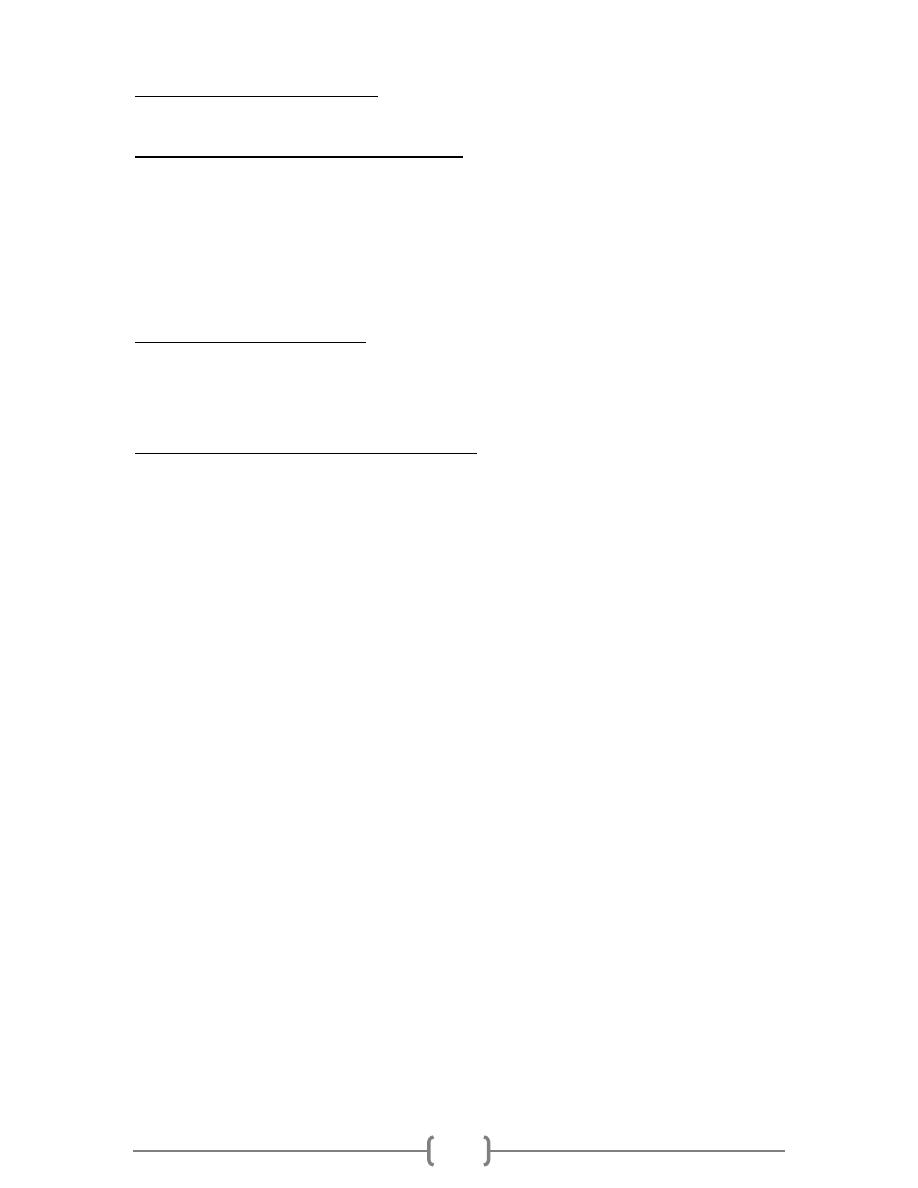
2
Treatment of scarlet fever:
Penicillin, erythromycin or dicloxacillin the treatment is curative.
Treatment of Cellulitis & Erysipelas:
Initial empiric treatment should be cover both staphylococci and streptococci.
Intravenous penicillinase resistant penicillin or first generation cephalosporin is
usually effective.
Treatment should be continued for at least 10 days.
Erythromycin is also effective.
Locally ice bags and compresses are used
Treatment of erythrasma:
Topical erythromycin or topical clindamycin is easily applied and rapidly effective.
Oral erythromycin 250 mg four times a day for 1 week , or tolnaftate solution or
topical miconazole
Treatment of Cutaneous Tuberculosis
HIV testing is recommended for all patients because may require longer courses.
For all form multidrug therapy is recommended.
The initial phase of treatment is intensive for rapid destruction of mycobacteria.
During this (8-weeks) period, INH, rifampin, pyrazinamide & ethambutol.
The continuation phase consist of two-drug combination either (INH & rifampin)or in
non HIV pts INH & rifapentin. The usual minimal durations 18 weeks.
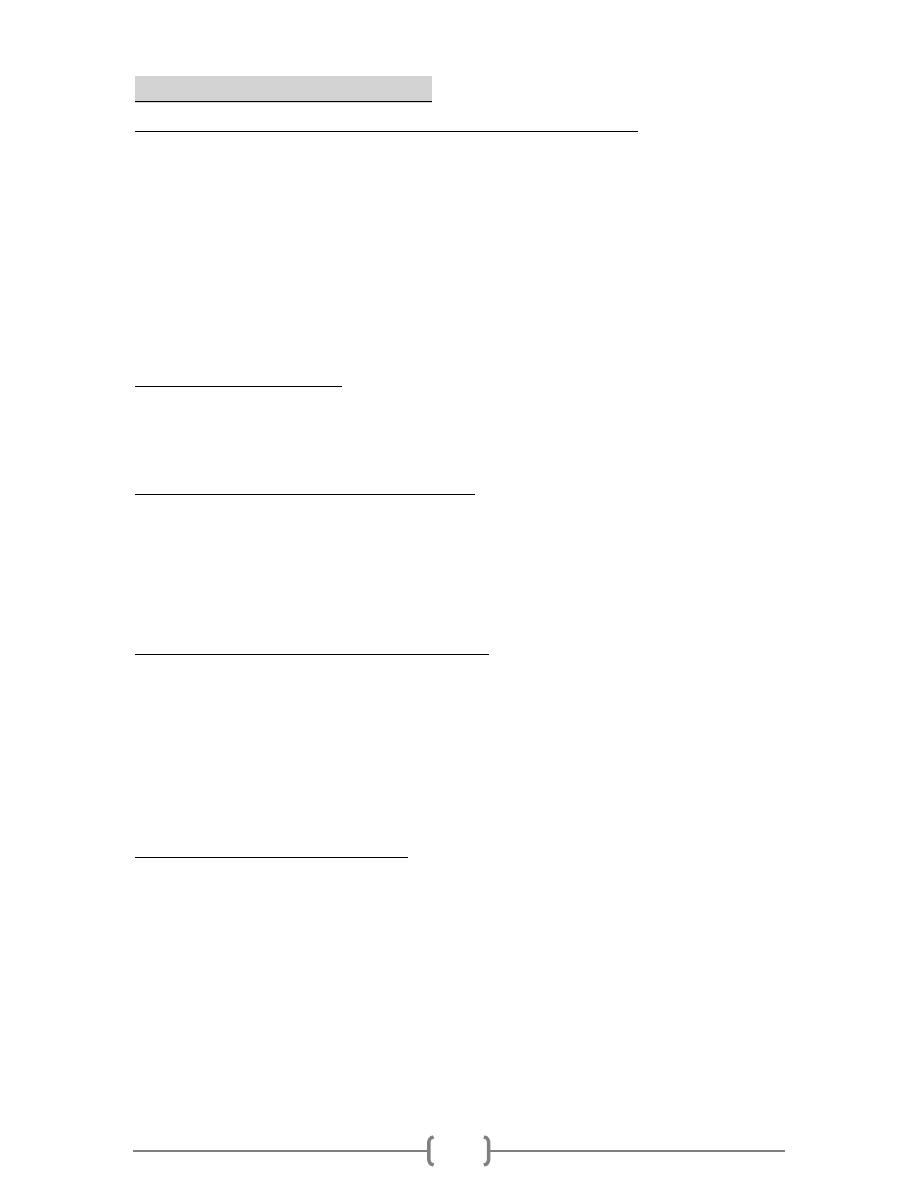
3
Treatment of Viral infection
Treatment of cutaneous herpes simplex (HSV) infection
It is a self-limiting disease we treat to relieve discomfort & promote healing.
Non-specific topical agent: these include cool compresses, lubricating cream.
Specific topical treatment: penciclovir cream, acyclovir cream. These drugs shorten
episode of herpes labialis by few hours or aday.
Systemic treatment: This drug (acyclovir):
1. Decrease new lesion formation.
2. Decrease duration of viral excretion.
3. Promote rapid healing.
Subsequent recurrence rate not influenced by acyclovir.
Treatment of varicella:
It is a self-limiting disease , only symptomatic treatment . Antipyretics, for pruritis such
as bland antipruritic agent & antihistamine. Antibiotic if there is secondary bacterial
infection, acyclovir for immunosuppres & adult.
Treatment of herpes zoster (shingles):
Topical therapy: wet compresses.
Systemic therapy: analgesic to relieve pain of acute herpetic neuralgia & nerve block
carbamazepin & amitryptilin.
Systemic antiviral: acyclovir in a dose 800 five times daily for 7-10 days to decrease
pain. It is more effective when started in the 1
st
48 hours of infection.
Treatment of molluscum contagiosum:-
Most of the lesions are self-limiting & clear spontaneously; 6-9 months & treatment must
be individualized
1. Curettage with or without anesthesia.
2. Cryotherapy.
3. Tretinoin therapy.
4. Salicylic therapy.
5. Laser therapy for genital lesion with CO2 laser.
Treatment of warts (verrucae):-
Lesion may resolve spontaneously after months – years presumably due to CMI.
Treatment either could be chemical or surgical, these are:
1. Keratolytic as salicylic acid 20-40%.
2. Tretinoin topical for plan warts.
3. Cauterization & surgical excision.
4. Cryotherapy with liquid nitrogen or CO2.
5. Podophylin 25%.
6. Bleomycin intralesional. 7. Alfa INF intralesional.
8. CO2 laser.
9. TCA topical. 10. Topical imiquimod.
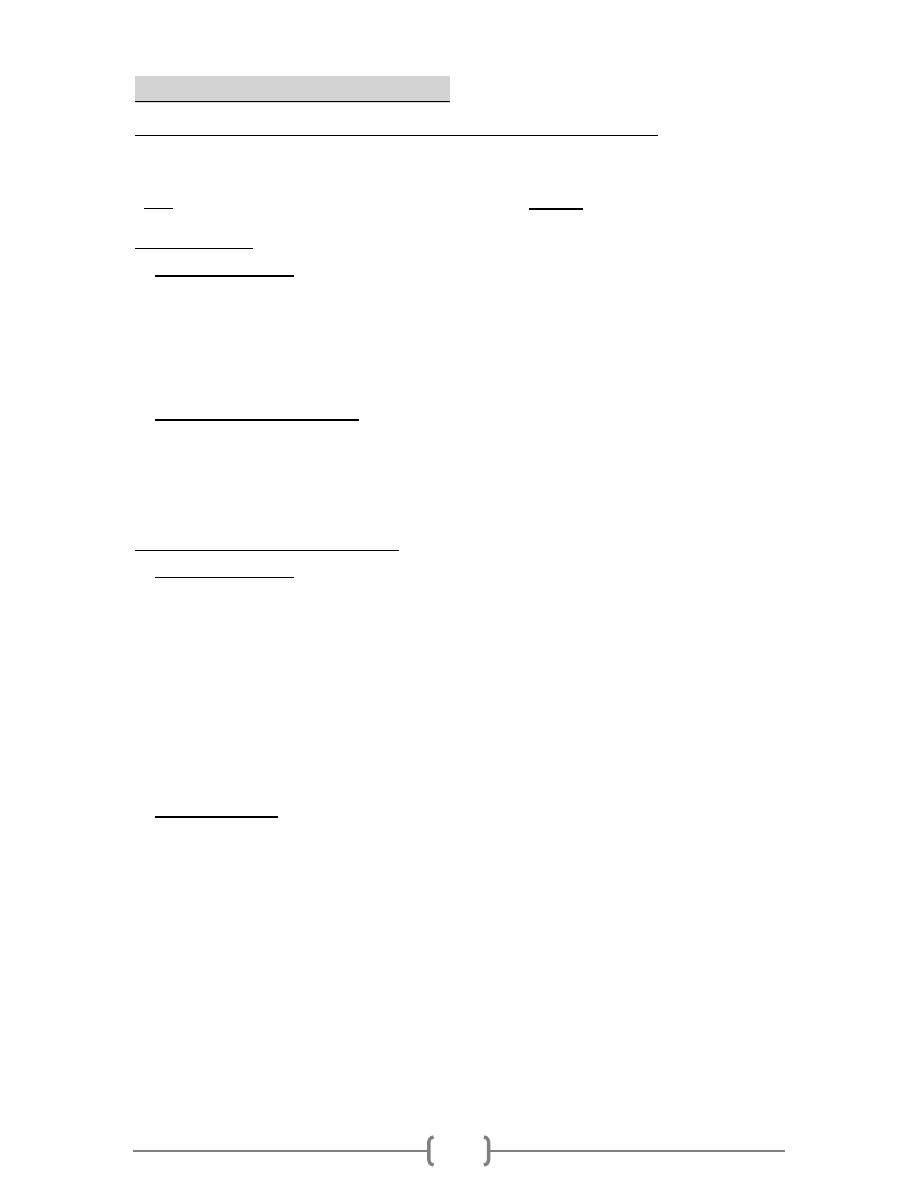
4
Treatment of fungal infection
Indication of using systemic antifungal agent are :-
1.Tinea capitis . 2. Onychomycosis . 3. Tinea incognito .
4.Wide spread infection & not responding to topical agents .
N.B.:- the only indication of using systemic steroid is kerion
Treatment:
Topical treatment:
A- Immidazole group: clotrimazole, econazole, miconazole, & sulconazole.
B- Allylamine group: naftifine, terbinafine.
C- Compound of benzoic acid & salicylic acid.
D- Polyenes: nystatin (only used for candidiasis).
E- Miscellaneous: ciclopirox olamine, tolnaftat .
Systemic antifungal agent:
A- Griseofulvin: is not effective in candidiasis.
B- Immidazole group: ketoconazole & miconazole.
C- Ttrizole group: itraconazole & fluconazole.
D- Terbinafine.
Treatment of tinea versicolor:-
Topical treatment:
1. Selenium sulfide suspension 2.5% either applied daily for 10 minute for 7 days , or
applied for 24 hr.once weekly for 4 weeks .
2. Sodium thiosulfate 25% applied twice daily for 2-4 weeks
3. Immidazole group :- including miconazole , clotrimazole , econazole , ketoconazole ;
once or twice daily for 2 weeks
4. Sulfur-salicylic shampoo :- applied as a ;lotion at bedtime & washed off in the
morning for one week .
5. Zinc pyrithione shampoo 1% :- applied for 5 minute before showering daily for 2
weeks .
Oral treatment:
Ketoconazole, Itraconazole & Fluconazole. Used in patients with:
A- Extensive disease.
B- Patients not responding to conventional treatment.
C- or those with frequent recurrences.
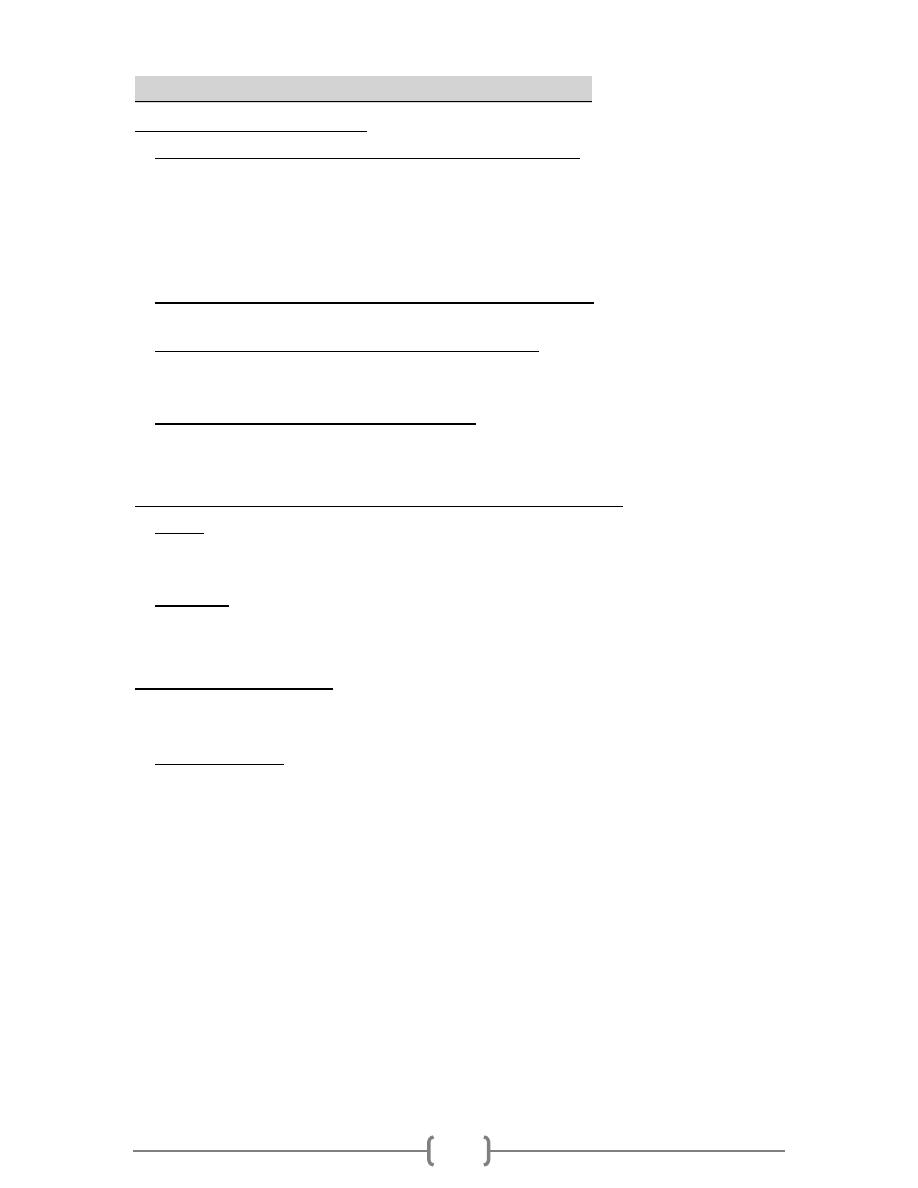
5
Treatment of cutaneous parasitic infection:
Treatment of Pediculosis:
Treatment of Pediculosis humanus capitis (head louse):
Lindane (gamma benzene hexachloride)
Benzyl benzoate 25%
Malathion 0.5%
Pyrethrin (freederm) shampoo
Permethrin (shampoo, lotion)
Treatment of Pediculosis humanus corporis (body louse):
Insecticides are effective but the clothes & bedding must be thoroughly disinfected.
Treatment of Pediculosis pubis (phthriasis pubis):
Shave hairs of pubic area. Apply antilice agents such as: Permethrin & Lorexane
(gamma benzene hexachloride)
Treatment of Pediculosis of the eyelashes:
Apply petrolatum (vasalen) on the eyelid → prevent O
2
from micro-organism →
Death → then can be removed easily.
Treatment of cutaneous leishmaniasis (Baghdad boil):
Local:
Physical: Heating (infrared) & freezing (lig.Nit)
Chemical: (Na. stibogluconate 7% HS, 2% zinc sul[hate)
Systemic:
Injection: (Na stibogluconate)
Oral: (zinc sulphate capsule)
Treatment of scabies:
Sulpher 2-10 %, Benzyl benzoate 25%, Lindane (Lorexane), Permethrin 5%,
crotamiton, ivermectin.
Other measures:
Treatment of clothes
Treatment of other members of the family
Supportive measures: antihistamine & Antibiotics (subcutaneous, topical & systemic).
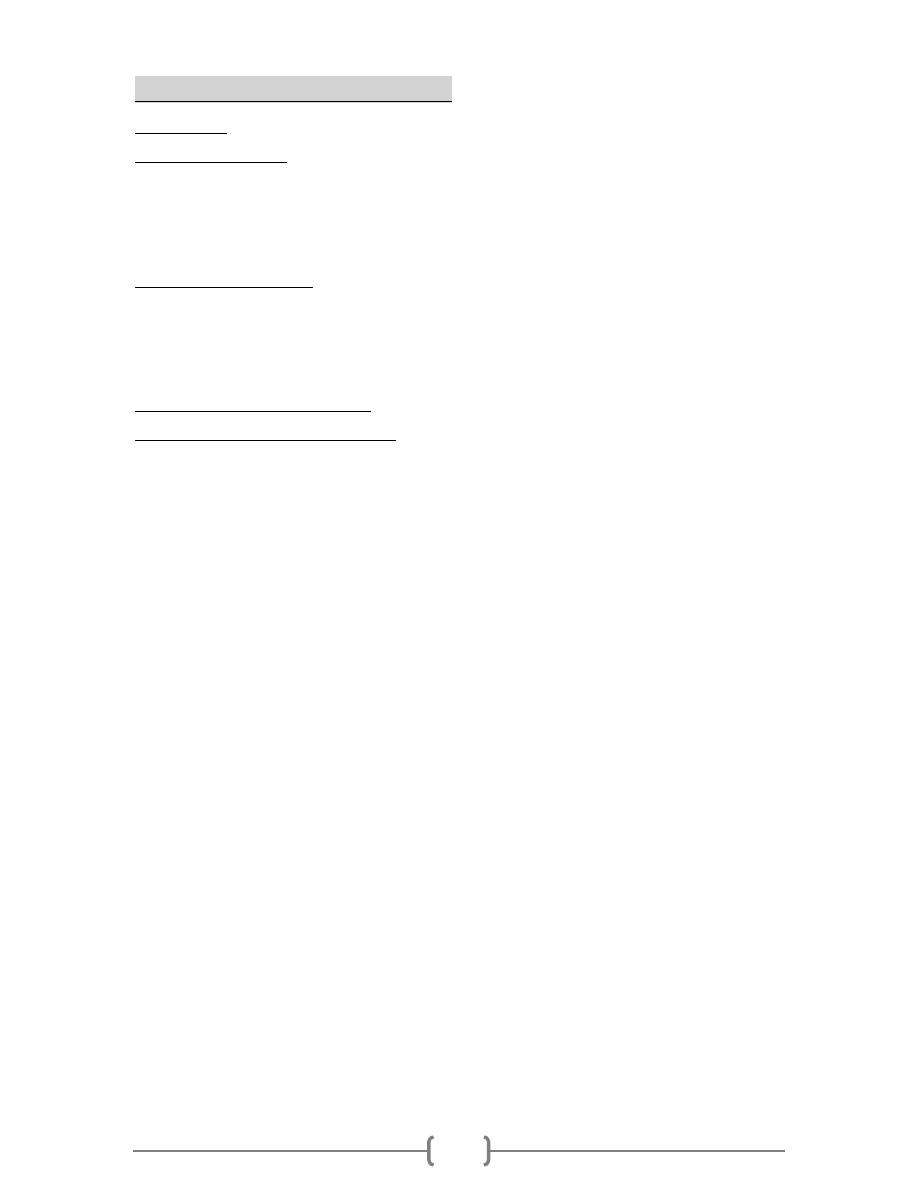
6
Treatment of acne & Rosacea:
Cleaning: with soap & water to remove surface sebum.
Topical agents:
Topical vit. A derivatives (Tertinoin)
Benzyl peroxide.
Topical antibiotics
Azelaic acid cream
Systemic therapy:
Antibiotics (tetracycline, doxycycline, erythromycin, Co-trimoxazole)
Sulphones: dapsone
Hormonal: (cyproterone acetate+ethinylestradiole), spironolactone & glucocorticoids.
Retinoids
Physical therapy & diet.
Tretment of complications
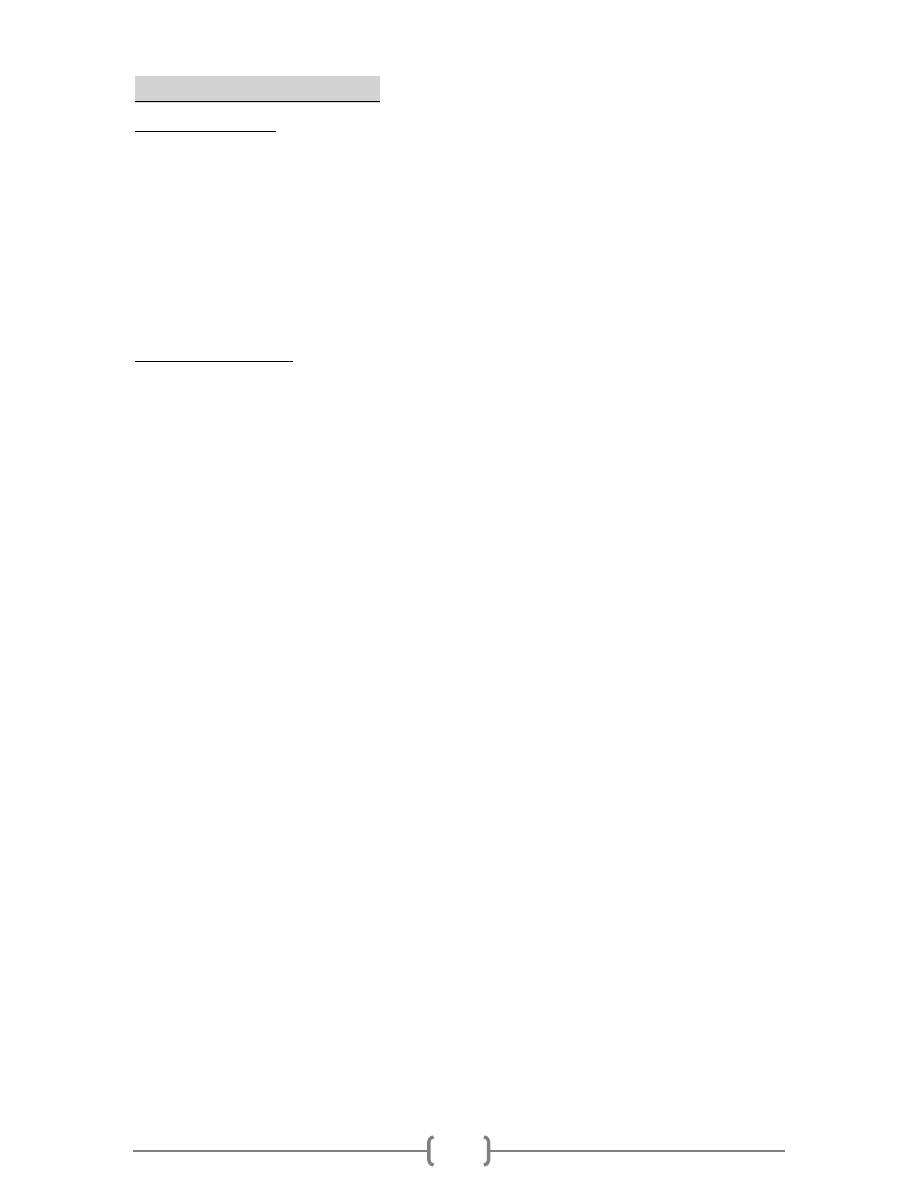
7
Treatment of urticaria:
Acute urticaria:
The mainstay of treatment of acute urticaria is antihistamines
Treat with oral H1 antagonists
Non-sedating H1 antihistamines are the first choice of treatment: [Loratidine
(Claridin10mg), Cetirizine (Zyrtee), Fexofenadine]
Older sedating H1 antihistamines are more effective & should be used to treat
severs urticarial: [Diphenhydramine (Allermine 25mg), Hydroxyzine (atarax),
Cyproheptadine (periactin) ]
Add H2 antagonists for resistant cases.
Chronic urticaria:
The mainstay for treating chronic urticaria is again administration of antihistamines;
these should be taken on daily basis.
The 2nd generation H1 antihistaines (Cetrizine, Loratidine)
Doxepin atricyclic antidepressant with potent H1 antihistaminic activity may be added
to existing antihistamine, & used at bed time.
The combination of H1 & H2 antihistamines such cimetidine or rantidine may be effective.
Rantidine or Cimetidine should not be used alone in treatment of urticaria.
Other 2nd line treatments:
Phototherapy
Calcium channel antagonist(Nifedipine)
Antimalarial medications ,dapson,gold,azathioprine
Low does cyclosporine
Terbutaline.
For local treatment, tepid or cold tub bath or showers may be freely advocated.
Topical camphor & menthol can provide symptomatic relief
Other lines of treatment include chronic immunosuppressive therapy, plasmapheresis
or intravenous immunoglobulin (IVIG).
Leukotriene receptor antagonists: Zafirlnkast (accolade), Montelukast (sirgulaim)
especially in combination with antihistamines.
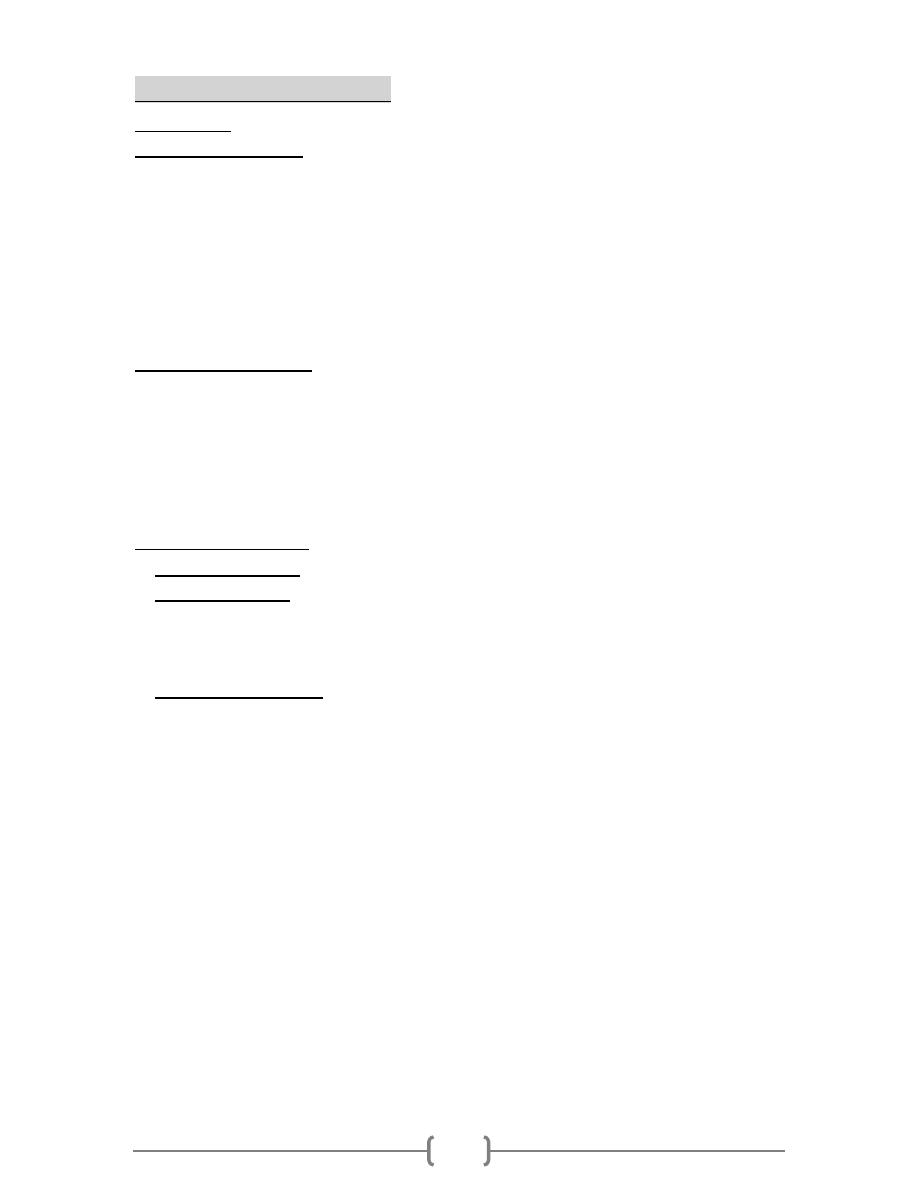
8
Treatment of dermatitis
In general:
A- Topical treatment:
1. Acute weeping stage:
a- Bed rest.
b- The use of drying agent in the forme of aluminium acetate solution soaks for 10
minutes\ 3 times daily or normal saline or diluted pottasium permenganate soaks .
c- Topical steroid in the form of lotion.
2. Sub-acute stage: steroid lotion or cream.
3. Chronic stage: steroid ointment, but also non-steroidal application are helpful such as
ichthamol & zinc paste.
B- Systemic treatment:
1. Short course of systemic steroid may occasionally be justified in extremely acute,
sever, & wide spread eczema particularly when the cause is known & already
eliminated (e.g. allergic contact dermatitis).
2. Antihistamine may be helpful.
3. Systemic antibiotic if there is secondary bacterial infection. Staph. Aureus routinely
colonizes all weeping eczema, & most dry one.
Specific treatment:
Contact dermatitis: avoid exposure to irritant or sensitizing agent.
Atopic dermatitis: educate the patient about
1. Avoidance of exacerbating factors such as irritant (e.g. woolen clothing next to
skin). Also avoid extreme temperature, & contacts with soap & detergents.
2. The regular use of emoliants & bath oils.
Seborrheic dermatitis:
1. Topical immidazole.
2. Medicated shampoo with ketoconazole or selenium sulphied.
3. Sulphur & salicylic acid in aqueous cream.
4. Itraconazole in unresposive cases.
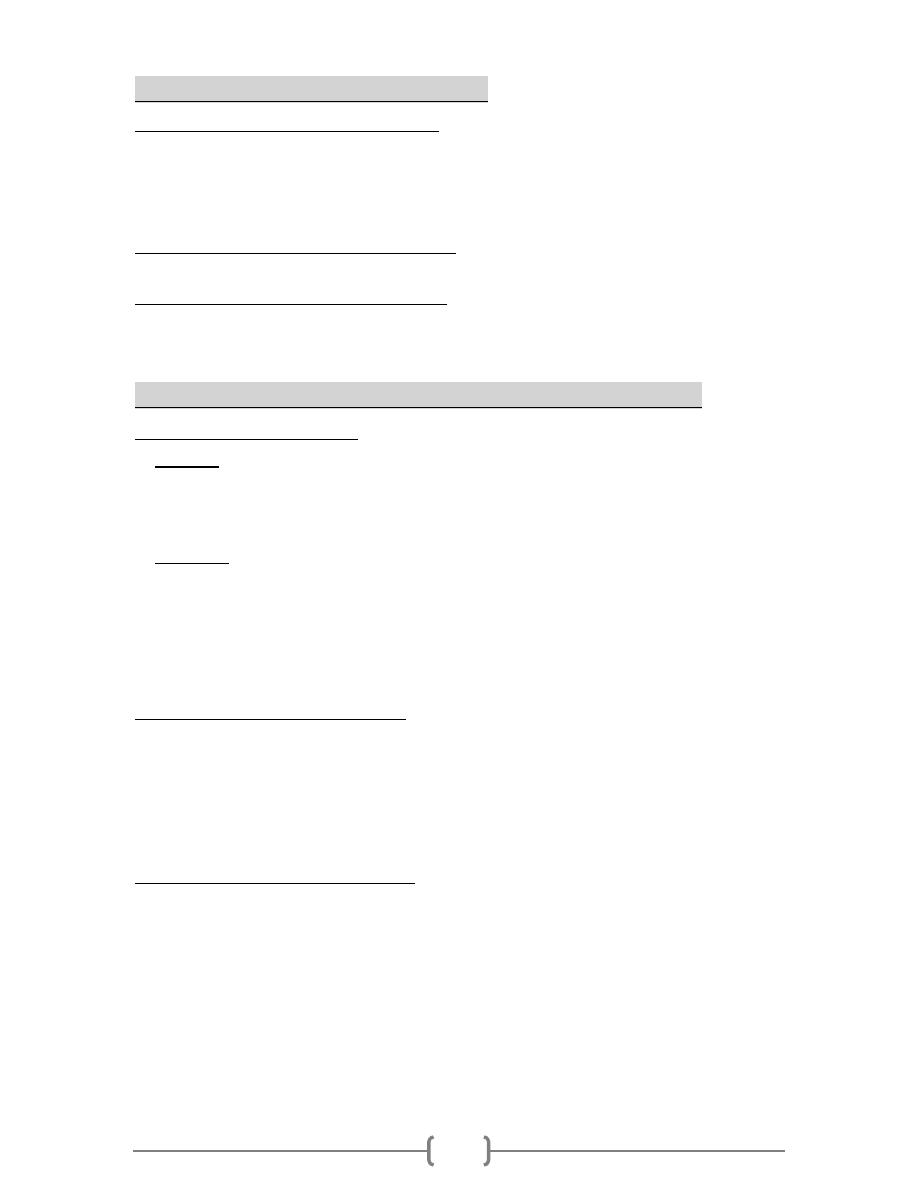
9
Treatment of blistering disorders:
Treatment of bullous pemphigoid:
Usually self-limiting, but may last for months or years.
If localized disease could be treated with potent topical steroid. Extensive disease:
systemic steroid as oral prednisolon 40-60mg\day until control disease & then taper
gradually. Sometime we add steroid sparing agent & dapson.
o
Treatment of dermatitis herpitiform:
Gluten free diet, dapson 50-300 mg\day, sulphapyridine & sulphasalazine .
o
Treatment of erythema multiforme:
Self-limited, sever systemic steroid 40-80mg1-3 wks.
Oral acyclovir for recurrent EM
Treatment of psoriasis Lichen planus & pityrisis rosea:
Treatment of psoriasis
Topical:
Vasalen, salicylic acid in low percent
Tar, dithranol, local steroids, local retioids, Ultraviolet radiation
Local Vit. D analogues: calcipotriol & tacalcitol
Systemic:
Photochemotherapy (PUVA= psoralen+UVA), Methotrxate, cyclosporine
Antimetabolites: Mycophenolate mofetil, 6-tioguanine, azathioprine, hydroxyurea,
sulfasalazine
Systemic retinoids: acitretin
Biologic response modifiers
Treatment of lichen planus:
Antihistamine
Topical steroids (potent steroids): clobetazole dipropionate (dermoidin)
Course of oral steroid
Injection of long acting steroids (depot)
Intralesional steroids for mucosal or localized hypertrophic type.
Treatment of pityrisis rosea:
Moderately potent topical steroids
1% salicylic acid in soft paraffin or emulsifying ointment: reduce scaling
Sunlight or artificial UVB often relieves pruritus & hasten resolution
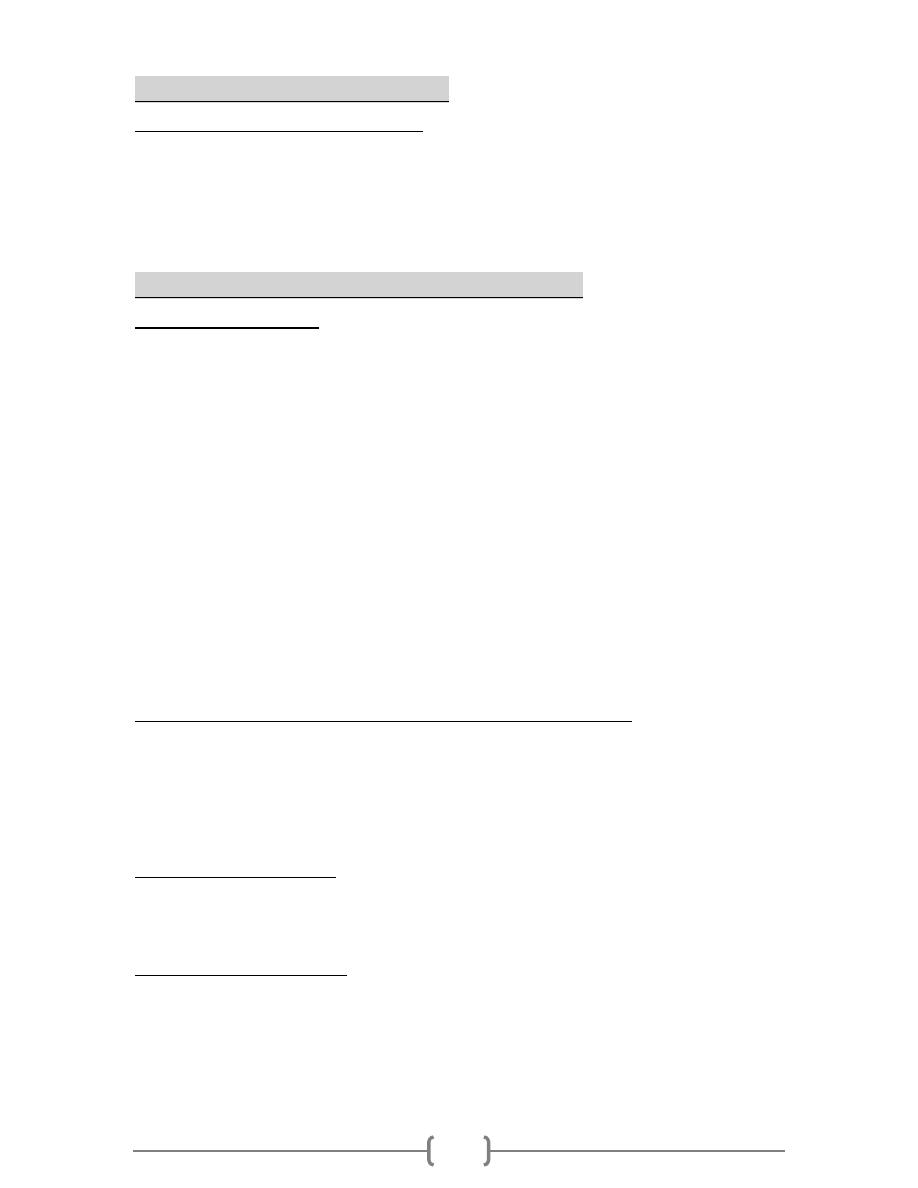
10
Treatment of genodermatosis
Treatment of Icthyosis vulgaris:
is palliative
Dry skin is helped by rgular use of emollients which are best applied after a shower
or bath.
Salicylic acid 2% in ointment base.
Urea 10% or lactic acid.
Treatment of skin pigmentation disorders:
Treatment of vitiligo:
reassurance
1. Sunscreen.
2. Cosmetics: conventional makeup , dyes , & self tanning preparations .
3. Topical glucocorticoids: potent or very potent topical steroid for 1-2 months.
4. Topical PUVA: is the application of diluted solution of 8-methoxypsoralin followed
by UVA . used when vitiligo is up to 5%
5. Topical immunomodulating agents: tacrolimus and pimcrolimus
6. Oral PUVA: is the most practical effective treatment for affected patients who are
over the age of ten , who have wide spread vitiligo.
7. Surgical methods: autologous skin grafts (minigraft & suction blister grafting).
Transplantation of cultured autologous melanocytes. The use of these technique may
be limited by cost & the development of vitiligo (koebner phenomenon) at the donor
sites
8. Total depigmentation: if more than 50% of the body surface area is affected by
vitiligo, the patient can consider depigmentation. Monobenzen (monobenzyl ether of
hydroquinone) 20% is applied twice daily for 3-6 months to residual pigmented areas.
Treatment of Melasma (chloasma , mask of pregnancy):
is unsatisfactory,
treatment may be in the form
1. Sunscreen.
2. Bleaching agents that contain hydroquinone.
3. Topical tretinoin 0.1%.
4. Topical steroid.
Treatment of Freckles
The use of sunscreen prevents the appearance of new freckles & helps prevent the
darkening of existing freckles that typically accompanies sun exposure.
Treatment of Lentigens:
Cryotherapy, laser , topical tretinoin 0.1% cream , bleaching agent (hydroquinone cream).
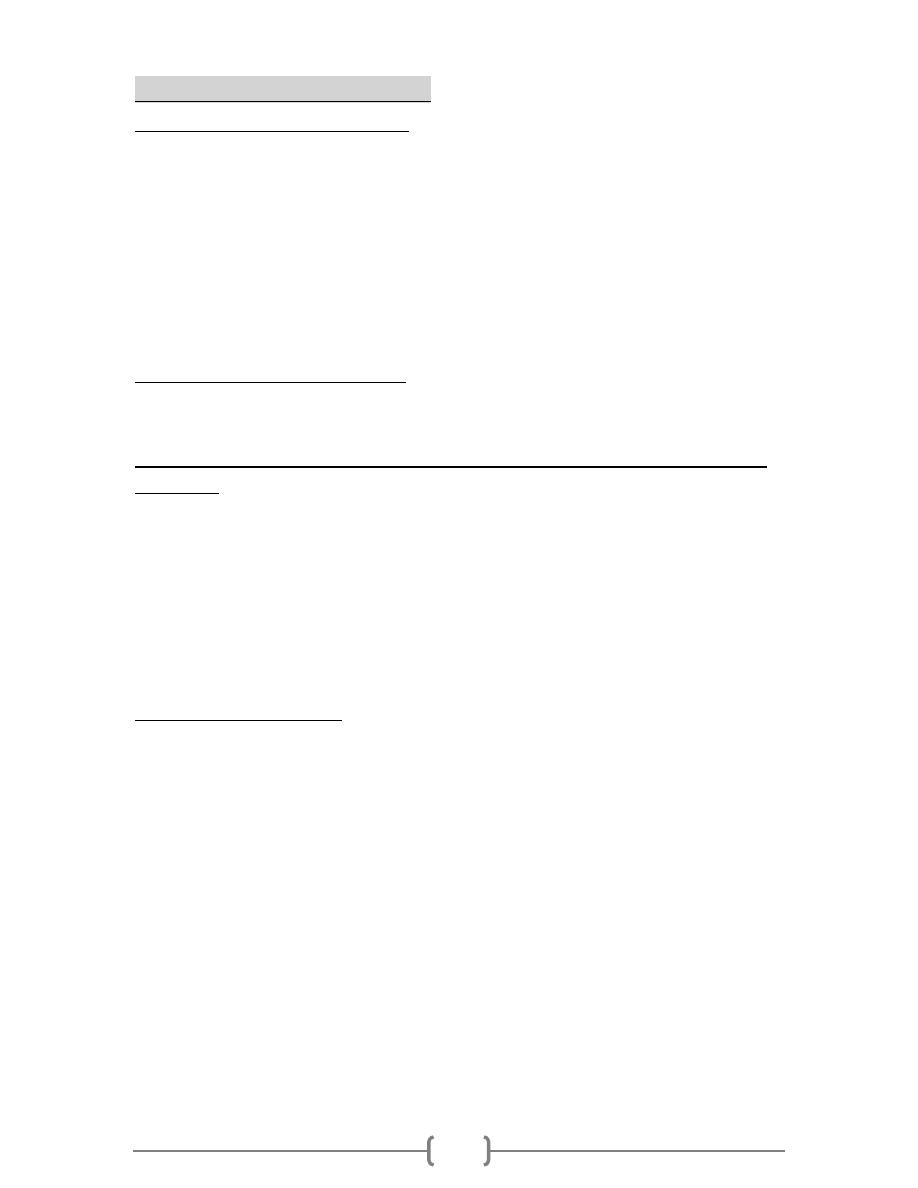
11
Treatment of hair disorders:
Treatment of Alopecia Areata:
Reassurance, treatment can be divided into 4main types
1. Non-specific irritant e.g. dithranol & phenol.
2. Immune inhibitors e.g. topical & intralesional steroid, PUVA, cyclosporine (topical
cyclosporine 5-10%)
3. Immune enhancer DNCB, squaric acid induces allergic contact dermatitis when
applied to the area.
4. Nonspecific immune modulator e.g. BCG, zinc sulphate.
5. Unknown action e.g. minoxidil.
6. Wigs should be encouraged to use in extensive disease
Treatment of Trichotillomania
- Explanation to parents who usually tend to reject diagnosis (is self-inflicted).
- Refer to psychiatrist (behavioral therapy & psychotherapy).
Treatment of Androgenetic Alopecia (Common baldness, male pattern
alopecia)
1. Topical: topical minoxidil 2%, & 5%.
2. Systemic:
a) 5-alfa reductase inhibitor (finastride) increase hair count & reduce hair loss,
beneficial effect slowly reverse after discontinuation.
b) Antiandrogen for female (cyproterone acetate with ethinyl estradiol, spironolactone,
cimitidine.
3. Surgical: scalp reduction, hair transplantation.
4. Wigs.
Treatment of hirsutism:
1. Local cosmetic measures: bleaching, waxing, shaving, epilation (plucking), &
permanent removal of the hair with electrolysis or laser therapy.
2. Systemic:
a) Antiandrogen therapy: cyproterone acetate, spironolactone, metformine, ketoconazole
cimitidine, flutamide, & gonadotrophin releasing hormone agonist.
b) Corticosteroid for congenital adrenal hyperplasia.
5-alfa reductase inhibitor (finastride)
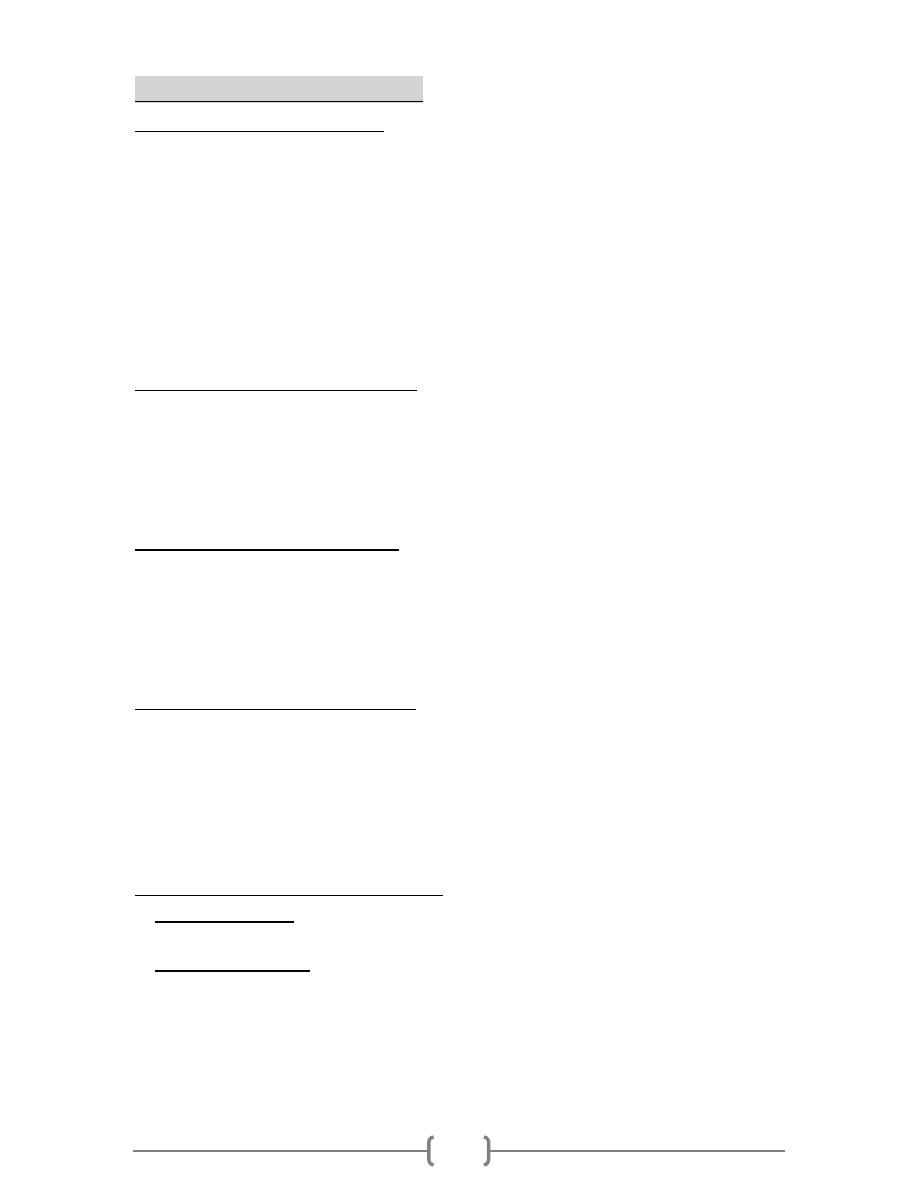
12
Treatment of nail disorders
Treatment of nail psoriasis:
Nail psoriasis is difficult to treat, but may respond to different approaches-relapse is
common.
Nail may improve when patients are treated with systemic agents such as
Cyclosporine, Methotrexate or Acitretin.
all local therapies have limitation
Triamcinolane acetonide: intralesional injections at monthly intervals into the matrix
(2.5-10mg/ml)
Topical 5u (5flourouracil) is effective.
Topical tazoretine, topical calcipotriol, topical anthralin.
Treatment of nail lichen planus:
It is mostly unsatisfactory.
Intralesional injection of corticosteroids may be of help, digital nerve block should be
considered
Topical corticosteroid under polyethylene occlusive dressings, are usually inadequate
Oral prednisone (0.5-1mg/kg for 3 wks) or oral retinoid in combination with topical
steroids applied to the involve sites have been successful in some patients.
Treatment Acute paranychia:
Acute inflamed pyogenic abscess should be drained
If stains show pyogenic cocci, semi synthetic penicillin or cephalosporin should be
given orally.
If these are ineffective, MRSA or mixed anaerobic bacteria should be suspected,
agumentin or treatment by sensitivities of cultural organisms will improve the cure.
Treatment Chronic paronychia:
Resolution depends on avoiding exposure to contact irritants.
Every attempt should be made to keep proximal nail fold dry
Cotton gloves under rubber gloves should be worn in handworkers
While Candida is most commonly recovered organism in chronic paronychia, topical
or oral antifungal lead to cure in only about 50% of cases.
If topical steroids are used to decrease inflammation & allow for tissue repair
Treatment of nail fungal infection:
Topical treatment: Ciclopirox & amorolfine nail lacquers. These agents are modestly
effective.
Systemic treatment:
Terbinafin (Lamisil): For finger nail in doses of 250mg/ day for 6-8 wks. For toe
nails the course for 12-16 wks
Itraconazole (sporanox): Is generally given as pulsed dosing as 200mg twice daily
for one week of each month, for two months when treating finger nails & for 3-4
months when treating toe nails
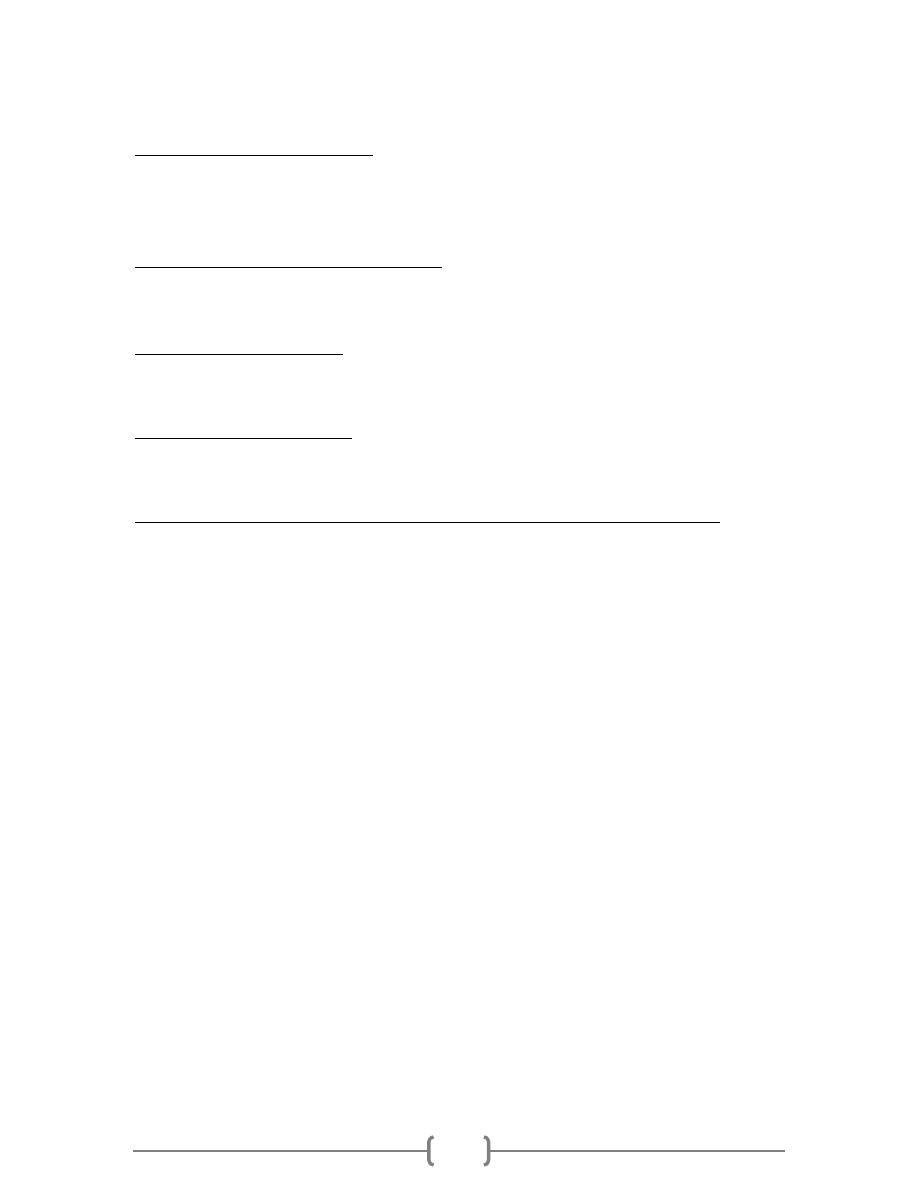
13
Fluconazole (Diflucane): At doses of 150-300mg once a week for 6-12 months
appear to be effective
Treatment of Onycholysis:
All of the separated nails removed
Fingers kept dry -avoid exposure to contact irritants
Short course of fluconazol may have to be repeated as the nail grows
Treatment of nail & cuticle biting:
Painting the nail with distasteful preparation
Habit reversal by competing response
Treatment of Hangnail:
Constant lubrication or the finger tips with skin creams & avoidance of repeated hand
immersion in water is beneficial
Treatment ingrown nail:
Ingrown nail without inflammation: separation of the distal anterior tip & lateral edges of
an ingrown toe nail from the adjacent soft tissue with wisp of absorbent cotton
Treatment of nail benign tumors (warts & digital mucosal cysts):
Surgical excision
Cryosurgery-carbon dioxide laser
Multiple punctures
